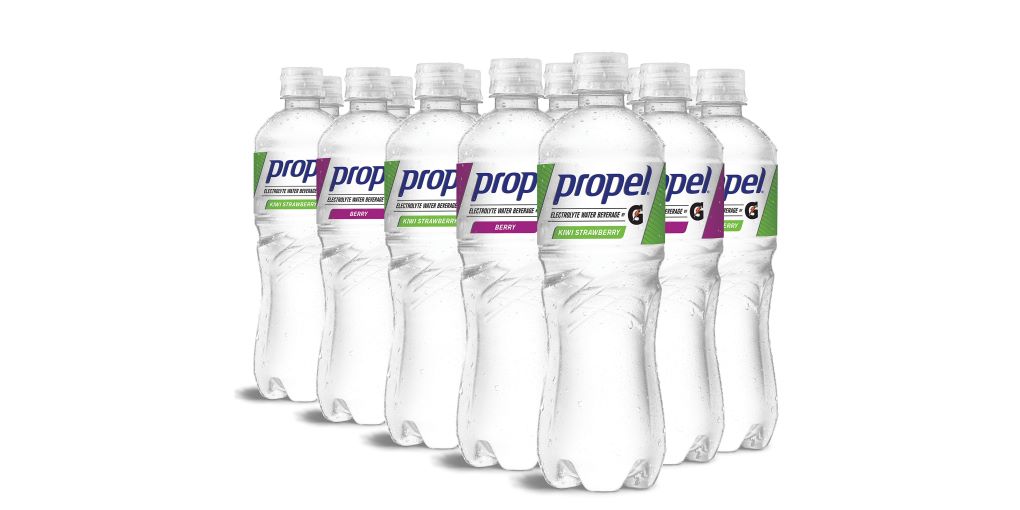The COVID-19 pandemic has reshaped our world in numerous ways, including how we view and interact with fashion. In the post-pandemic era, fashion is undergoing a transformation that places a newfound emphasis on health and well-being. As we emerge from a period of uncertainty and isolation, our clothing choices are becoming a reflection of our desire for safety, comfort, and self-expression. This article explores the evolution of post-COVID fashion, where health and well-being have taken center stage.
1. Comfortable and Functional Fashion
One of the most significant changes in post-COVID fashion is the move towards comfortable and functional clothing. With remote work and virtual meetings becoming the norm, many people found themselves ditching formal office attire in favor of cozy loungewear. As a result, designers and retailers quickly adapted to this shift in demand, producing a wide range of comfortable, yet stylish, options.
Sweatpants, oversized sweaters, and stretchy materials became the go-to choices for many. These garments provide the flexibility and ease of movement needed for both remote work and leisure activities. The emphasis on functionality and comfort has led to the popularity of activewear, yoga pants, and athleisure wear, which seamlessly blend fashion with physical well-being.
2. The Rise of Sustainable Fashion
The pandemic has also accelerated the sustainability movement in the fashion industry. As people became more conscious of the environment and their own well-being, there has been a growing demand for eco-friendly and sustainable clothing options. Many consumers have started to question the ethics and environmental impact of fast fashion, leading to a shift towards more sustainable practices.
Sustainable fashion focuses on reducing waste, using eco-friendly materials, and promoting fair labor practices. Brands are increasingly incorporating recycled fabrics, organic materials, and ethical production methods into their collections. The emphasis on sustainability not only contributes to global well-being but also reflects a growing understanding of the interconnectedness of our choices with the health of the planet.
3. Protective and Versatile Accessories
Face masks were one of the defining fashion accessories of the pandemic. As the world adapts to the new normal, these protective coverings are likely to continue being part of our everyday attire, especially during flu seasons and in crowded settings. Designers are now creating masks that not only offer protection but also complement outfits and express personal style.
In addition to masks, other protective accessories have gained popularity. Face shields, UV-protective sunglasses, and even touchless tools are now fashion-forward items that contribute to health and well-being. These accessories not only offer protection but also provide a sense of security and style.
4. The Psychology of Colors
The hues and shades we encounter can deeply influence our emotional state and mental health. In a post-pandemic world, fashion designers are using color psychology to create collections that promote positivity and resilience. Bright and vibrant colors are making a comeback, as they are associated with energy, optimism, and a sense of renewal.
In contrast, soothing and calming colors like pastels and earthy tones are being used to provide a sense of comfort and relaxation. These color choices reflect the need for emotional well-being and stability in an ever-changing world. The psychological influence of colors in fashion is a powerful tool to enhance our mood and overall well-being.
5. Embracing Individuality and Self-Expression
The pandemic has been a time of self-reflection for many, leading to a greater emphasis on individuality and self-expression through fashion. People are choosing clothing that reflects their unique style, values, and personalities. The post-COVID fashion landscape is characterized by a celebration of diversity, inclusivity, and personal identity.
Gender-neutral and gender-inclusive fashion is on the rise, challenging traditional norms and allowing individuals to express themselves freely. From vibrant patterns and bold accessories to modest and minimalist choices, the diversity in fashion reflects the diverse values and identities of people in the post-pandemic world.
6. Reimagining Workwear
As remote work becomes more prevalent, traditional office attire is evolving. The pandemic has given rise to a hybrid work model where comfort, practicality, and professionalism coexist. Workwear is no longer limited to formal suits and stiff collars but has expanded to include more relaxed yet polished options.
Work-from-home attire includes pieces that transition seamlessly from video meetings to leisure time, such as stylish blouses and comfortable trousers. The emphasis is on creating a balance between professional and comfortable, which enhances productivity and mental well-being. This shift in workwear also reflects a reevaluation of our priorities, with well-being and comfort taking precedence.
7. Innovation in Fabric Technology
Advancements in fabric technology have played a crucial role in shaping post-COVID fashion. Antimicrobial and moisture-wicking fabrics are now integrated into everyday clothing items to address hygiene and comfort concerns. These innovations promote health and well-being by reducing the growth of bacteria and providing temperature regulation.
Fabrics with UV protection properties are also gaining popularity as they help safeguard the skin from harmful sun exposure, contributing to long-term well-being. As technology continues to advance, fashion is likely to become more intertwined with health and safety features.
Key Takeaways
Post-COVID fashion is a reflection of the new priorities and values that have emerged from the pandemic. Comfort, functionality, sustainability, and individuality have taken center stage. Fashion has become a powerful means of expressing personal values, promoting health and well-being, and embracing diversity. As we navigate the uncertainties of the post-pandemic world, fashion serves as a form of self-expression and a source of comfort and reassurance. The evolution of fashion in this era is a testament to our ability to adapt and find solace in creativity and self-expression.





